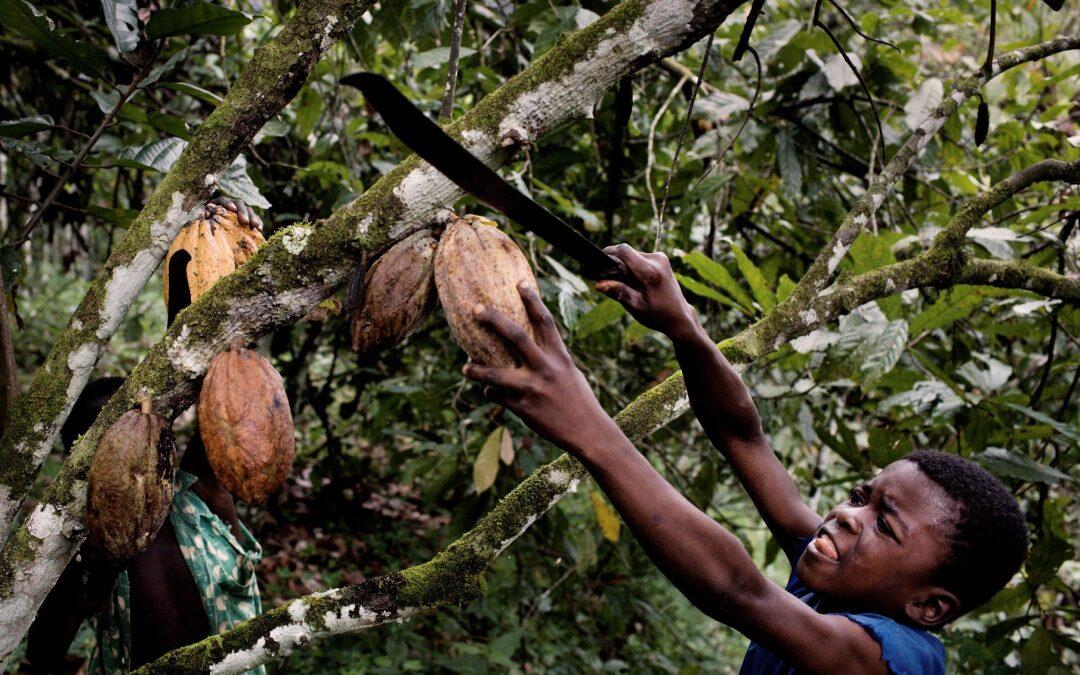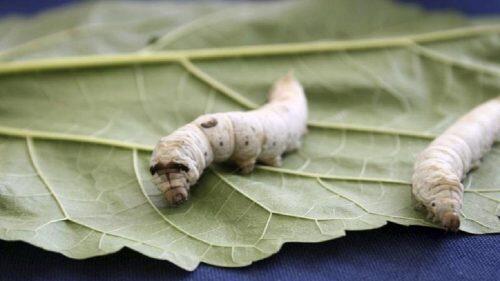Ivory Coast (Côte d’Ivoire) leads the world in production and export of the cocoa beans used in the manufacture of chocolate, as of 2012, supplying 33% of cocoa produced in the world. Unfortunately, the world’s top cocoa producer is now being invaded by caterpillars.
While authorities say, it is all under control, they also said that 17,000 hectares (42,000 acres) of cocoa have been ravaged in a few weeks but stress that it is a fraction of the country’s total cocoa fields. A researcher at the Ivory Coast National Centre for Agronomy said: “This is the new menace for cocoa cultivation.”
Kra Kouame, the local head of agriculture at Taabo in southeastern Ivory Coast, said cocoa crops in the village of Lelebele had been wiped out in a month.
“This caterpillar attack will not have a significant impact on production as about 20,000 hectares have been affected out of the total crop area of two million hectares,” said Nanga Coulibaly, who works for the national cocoa board.
West Africa collectively supplies two thirds of the world’s cocoa crop, with Ivory Coast leading production at 1.65 million tonnes, and nearby Ghana, Nigeria, Cameroon and Togo producing additional 1.55 million tonnes. Ivory Coast overtook Ghana as the world’s leading producer of cocoa beans in 1978.
Phys.org quoted Nanan Kouame Kan Kouame, the chief of Ahondo—a village of 5,000 people, as saying that “Caterpillars are not new for us but this is the first time they’ve attacked cocoa crops.”
Just as it is affecting everything else, it seems that global warming is also affecting cocoas. Cocoa board adviser Coulibaly said global warming had reduced the caterpillars’ natural predators—which includes birds and beetles—leading to a leap in their population.
“But the situation is totally under control” and pesticide teams have been deployed across the country, he said.
Between 2014 and 2016, rainfall in the region fell drastically from 1,100 millimetres (43 inches) annually to 900 mm in 2015. In the first six months of this year there were only 13 days of rain against 28 days in the same period in 2015. “In June, there were only four days of rain and then nothing”, said village chief Kouame.
Share your thoughts on this story through our Facebook page greenarea.info












